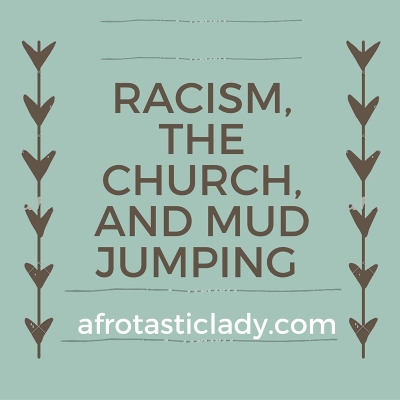
There is a hierarchy within storytelling and the sharing of history. Certain stories are constantly recited while other stories are mentioned infrequently. In my home, I heard my parents tell stories about their childhoods and how they survived attacks on their Blackness. My parents gave me books about Black heroes to read. I learned about Madame C. Walker’s business skills, Marian Anderson’s gifted singing, Shirley Chisholm’s determination, Fannie Lou Hamer’s strength and Charles Drew’s ingenuity.
Yet, in school, Black history was squeezed into February’s curriculum or other holidays of the year such as Dr. Martin Luther King, Jr. Day. I absolutely value the celebration of Black History Month in February, as it is a necessary celebration for Black folks and folks of all races/ethnicities to become educated on Black history and culture. But I deem that this celebration should not stop once the month ends.
When I saw how briefly that school teachers would talk about Black history, I knew that my parents and extended family would have to be my primary teachers. Through my family’s stories, I saw that I was Black every day of the year and that my roots were resilient. I discovered that the words “Black” and “smart” could be said together. That Black folks have created inventions and art forms. That my ancestors were warriors and that this warrior spirit swirled within me.
Every Black person should be able to hold pride in their bodies instead of being starved of it. How can this pride become prominent within the lives of Black folks? When Black folks can access their stories of strength, then internalized racism can lessen.
Within the last few months, I have seen three films that displayed the journeys of Black folks. These films focused on the challenges that Black folks have endured while emphasizing their beauty and their accomplishments.
Late 2016, I watched Loving, which is based on the true story of Mildred and Richard Loving. Mildred, a Black woman, and Richard, a White man, got married in 1958 in Washington, D.C. When they returned to Virginia, their home state, they were arrested for miscegenation (interracial marriage). Instead of serving lengthy prison sentences, the court demanded that they live outside of Virginia for 25 years. Although, this case was made into a movie before (Mr. and Mrs. Loving), Loving is a lovely and slow-moving account of this couple’s romance and demand for equality through petitioning the Supreme Court. The Lovings were unintentional activists as their case resulted in the 1967 dismantling of miscegenation.
Before 2016 ended, I also watched Fences based on the August Wilson play of the same name. Unlike Loving, the film Fences is not based on a true story, but it’s a realistic portrayal of life for a Black family in the Jim Crow era. Audiences view the impact of racism on the identity of “Troy,” a Black man, and how his relationships with his wife, sons, and brother became disconnected. Denzel Washington played the intense role of “Troy” and directed the film. Viola Davis recently won the Oscar for Best Supporting Actress for her role of “Rose,” the wife of “Troy.”
In January of this year, I watched Hidden Figures which is based on the real-life efforts of Katherine Jackson, Dorothy Vaughan, and Mary Jackson. These Black women mathematicians worked at NASA during the 1960s Space Race. I have studied a lot of Black history, but I had not heard of these women before seeing the movie. While I stared at the theater screen in a nearly packed room, I laughed, yelled, and cried. By the end, I thought my tears were not going to stop gushing. I felt like I had seen the triumphs of my own sisters. And I desired that everyone saw this movie, especially young Black and Brown girls who were interested in the math and sciences.
One of my favorite writers, the late Maya Angelou, said “There is no greater agony than bearing an untold story inside you.” I certainly agree with my girl Ms. Angelou. But I also know the agony in preventing an entire group from seeing their stories. From seeing their bravery and their truths in books and magazines. From being able to see themselves on TV and movie theater screens.
When movies such as Loving, Fences, and Hidden Figures are created, Black folks see that they have culture and history. They see the fullness of their stories and how their stories need to be told.



